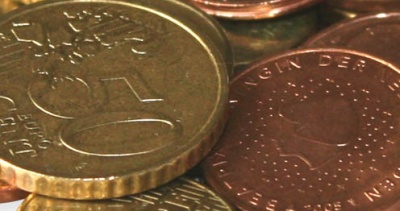Kieran’s Street Trail, Kilkenny
St. Kieran’s Street in Kilkenny is named after St. Kieran's Well and the site of an ancient church at its northern end. In times past it was named Low Lane, Back Lane and King Street. The presentation, walking trail and worksheets below allow the children to discover the rich heritage of the street first hand.
TuilleadhLeigh níos lúThis resource ties in to the strand unit, ‘my locality throughout the ages’, which requires the children to become familiar with important events in the history of the locality, referring to the wider national context where relevant.




















